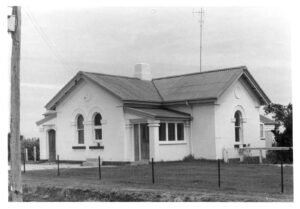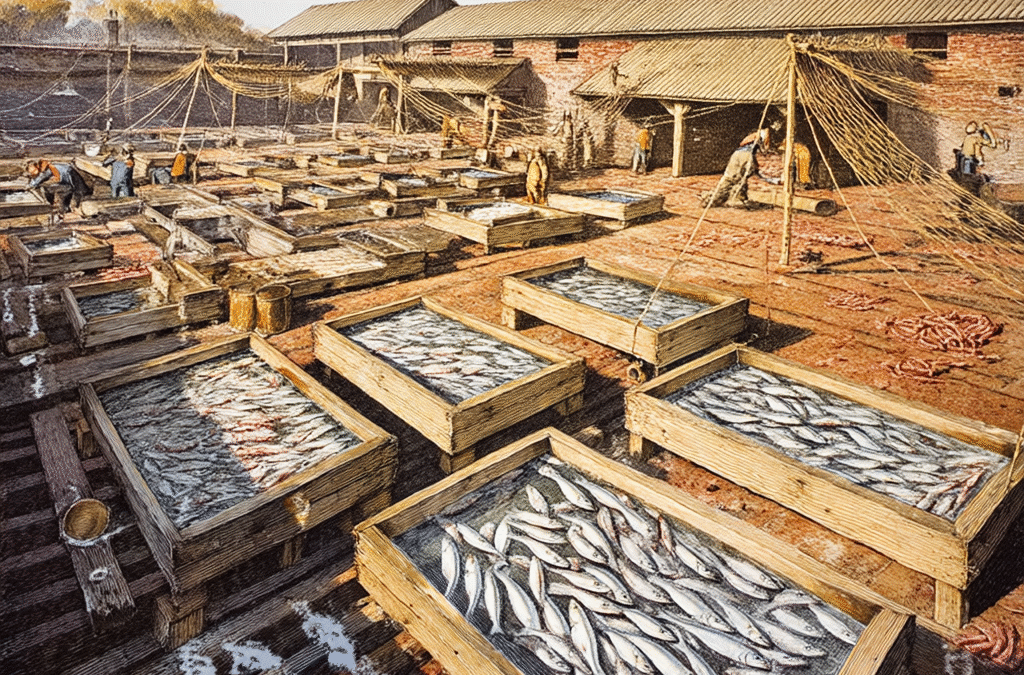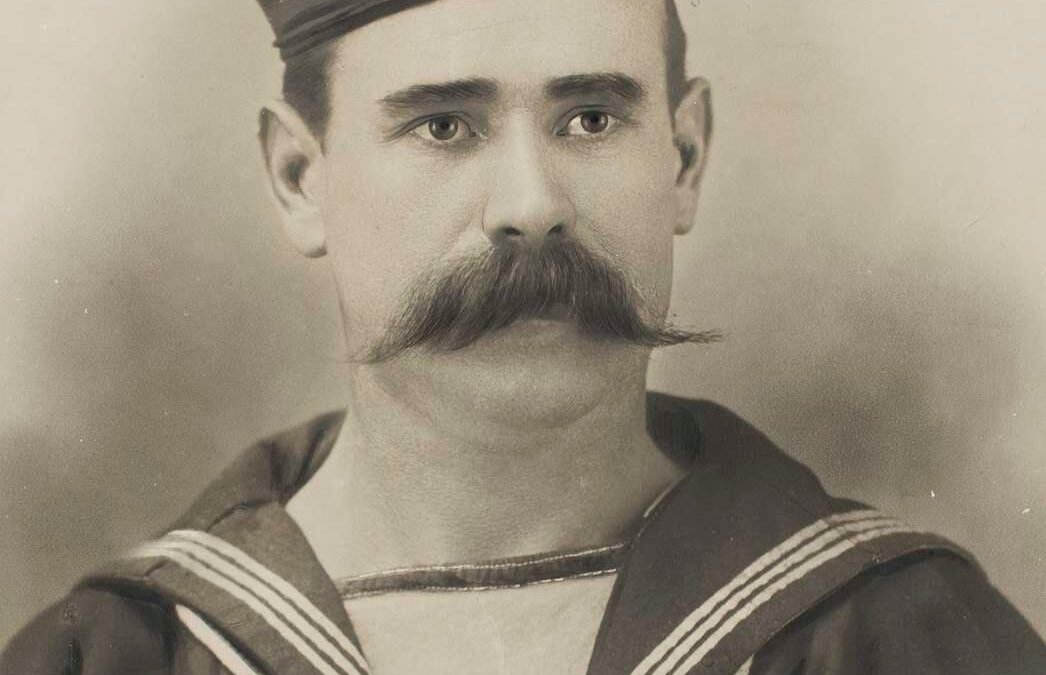On Anzac Day, we pause to honour the courage and sacrifice of Australians who served in times of war. While many think first of Gallipoli or the Western Front, the story of Australia’s wartime endurance is also written in its coastal waters. For communities like Port Albert, the war came not only through the news or enlistment calls—it came with the tides, in the form of submarine threats, shipwrecks, and tireless maritime service.
This Anzac Day, we remember the overlooked front line: the Bass Strait.
Bass Strait: A Treacherous Lifeline
Bass Strait, separating mainland Australia from Tasmania, has always been a dangerous passage. Its shallow depths, unpredictable weather, and strong currents have challenged mariners since the first European navigators passed through in the 1790s. But during the Second World War, it became far more than a challenging waterway—it became a battleground.
The strait formed part of Australia’s crucial coastal shipping route. With rail and road transport limited, coastal vessels carried everything from food and fuel to minerals like manganese, vital for munitions and steel. These civilian ships, known as “the merchant navy,” became lifelines for the war effort, even as they sailed without weapons or defences.
The Enemy Arrives: Submarines and Mines
In 1940, the German raider Pinguin secretly laid mines in Bass Strait. On 7 November, the British steamer SS Cambridge struck one and sank off Wilsons Promontory. Two days later, the American ship MV City of Rayville met the same fate. These were the first Allied and U.S. shipping losses in Australian waters—sudden, shocking reminders that the war had arrived.
Two years later, on 4 June 1942, the Japanese submarine I-27 torpedoed the SS Iron Crown. The freighter, carrying manganese ore, sank in less than a minute. Of her 43 crew, 38 were lost. The wreck was only located in 2019, nearly 80 kilometres off the Victorian coast.
These attacks changed the nature of Australian coastal shipping overnight. Ships began to sail in convoys, naval patrols increased, and vigilance became the watchword of the coast.
Port Albert: A Quiet but Crucial Role
Though no major naval base, Port Albert—founded in 1841 and once the gateway to Gippsland—remained a maritime asset. Its location gave it access to lighthouse routes, fishing grounds, and regional logistics. During the war:
-
Lighthouse Support: Port Albert provided supplies and mail runs to isolated Bass Strait lighthouses, like those on Deal Island and Wilsons Promontory. These lights were essential for safe navigation, especially under blackout conditions.
-
Maritime Rescue Equipment: A Breeches Buoy Rocket Lifesaving Apparatus, installed at the port in 1871, remained operational during the war. This ingenious device could fire a lifeline to stranded vessels, allowing shipwreck survivors to be hauled ashore. The unit is now a centrepiece of the Port Albert Maritime Museum.
-
Fishing and Food Supply: Local fishing fleets continued to operate under difficult conditions. Their catches supported food supply during a time of rationing and uncertainty.
-
Community Enlistment: Men from the Alberton Shire and the wider Gippsland region answered the call to serve. Others supported from home through war bonds, civil defence, and local production.
The Merchant Navy: Australia’s Forgotten Service
Merchant mariners received little of the glory afforded to soldiers or airmen, yet their work was just as vital—and just as dangerous. Bass Strait mariners often sailed unarmed and without convoy protection in the early years of the war. When disaster struck, they relied on communities like Port Albert for rescue, repairs, and radio communication.
These “civilian sailors” kept Australia afloat—literally.
Legacy and Remembrance
Today, the Port Albert Maritime Museum helps preserve the memory of these maritime contributions. From shipwreck relics to photographs and stories of wartime service, the museum is a vital link between past and present. It tells the story not just of conflict, but of resilience—of coastal towns that stood ready, and of seafarers who kept the nation moving.
As we gather this Anzac Day, let us remember that the war was not only fought in faraway lands. It was fought here, too—in our skies, on our farms, and in the waves of Bass Strait. And it was in places like Port Albert that Australia’s strength and spirit found a quiet but enduring expression.
 Today it remains a private residence, carefully restored and adapted for modern use. More recent owners have retained its defining features – high ceilings, arched windows, Baltic pine floors, and solid brickwork – while adding an accommodation wing at the rear. The building sits within a 1,597 square-metre block overlooking the historic Government Wharf, its courtyard shaded by mature trees.
Today it remains a private residence, carefully restored and adapted for modern use. More recent owners have retained its defining features – high ceilings, arched windows, Baltic pine floors, and solid brickwork – while adding an accommodation wing at the rear. The building sits within a 1,597 square-metre block overlooking the historic Government Wharf, its courtyard shaded by mature trees. The Port Albert post office was built in a conservative Italianate style, a restrained interpretation of the architecture popular in Melbourne during the 1860s. Its symmetrical façade, bracketed eaves, and tall arched windows gave the small coastal town a touch of metropolitan civility.
The Port Albert post office was built in a conservative Italianate style, a restrained interpretation of the architecture popular in Melbourne during the 1860s. Its symmetrical façade, bracketed eaves, and tall arched windows gave the small coastal town a touch of metropolitan civility. Port Albert’s prosperity peaked in the 1860s. As railways reached inland towns, trade routes shifted, and larger ships bypassed the shallow inlet. The port declined, but the post office endured.
Port Albert’s prosperity peaked in the 1860s. As railways reached inland towns, trade routes shifted, and larger ships bypassed the shallow inlet. The port declined, but the post office endured. An Enduring Connection
An Enduring Connection


